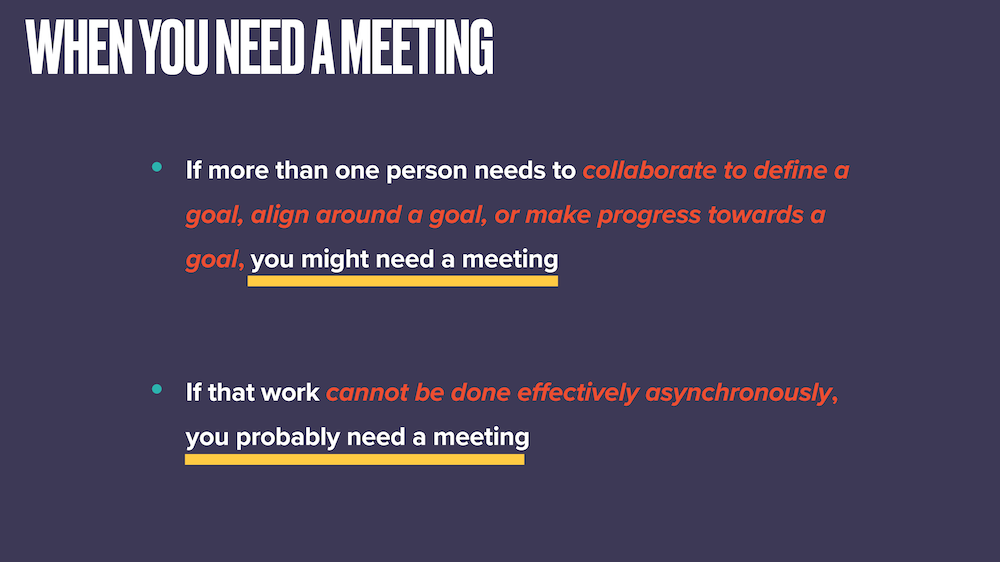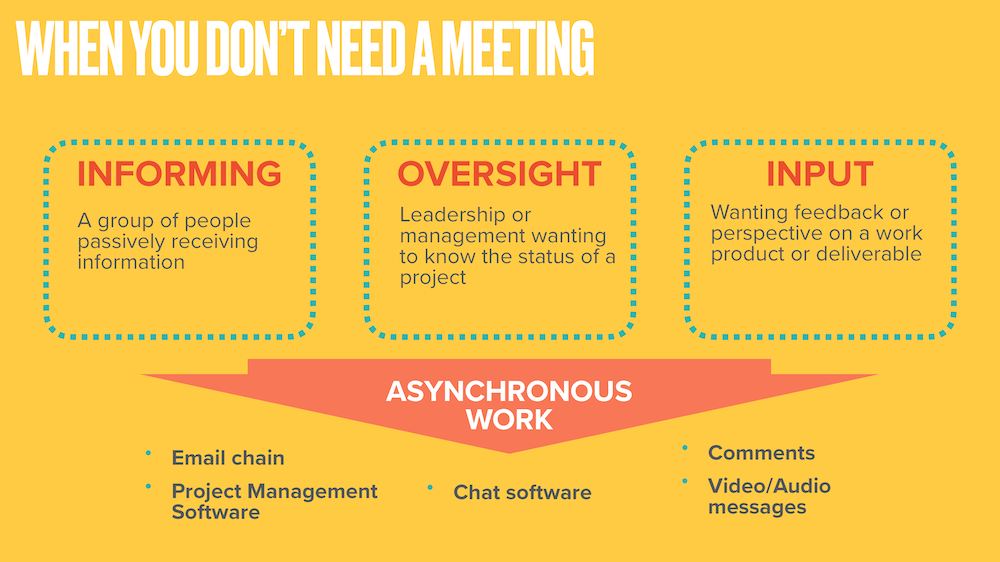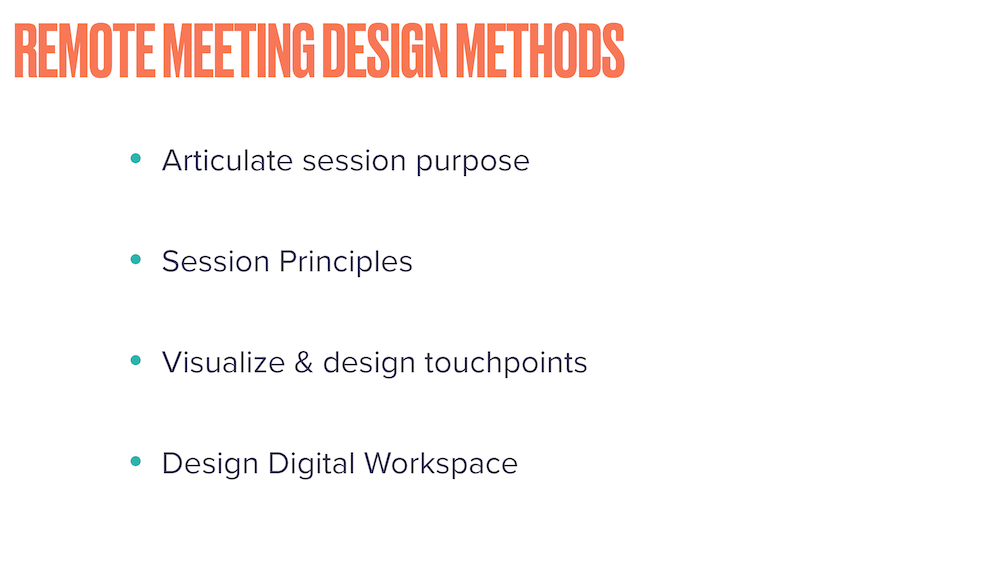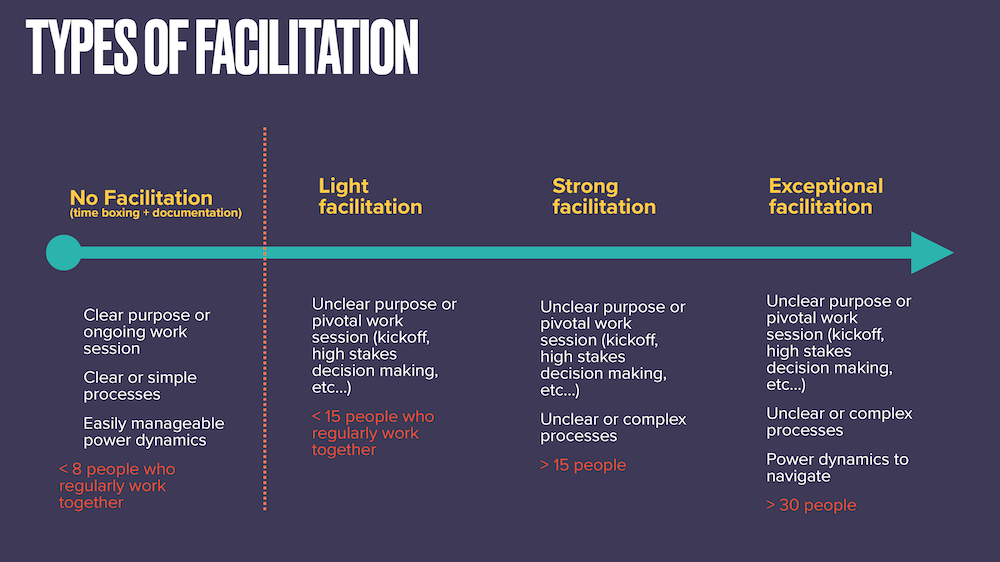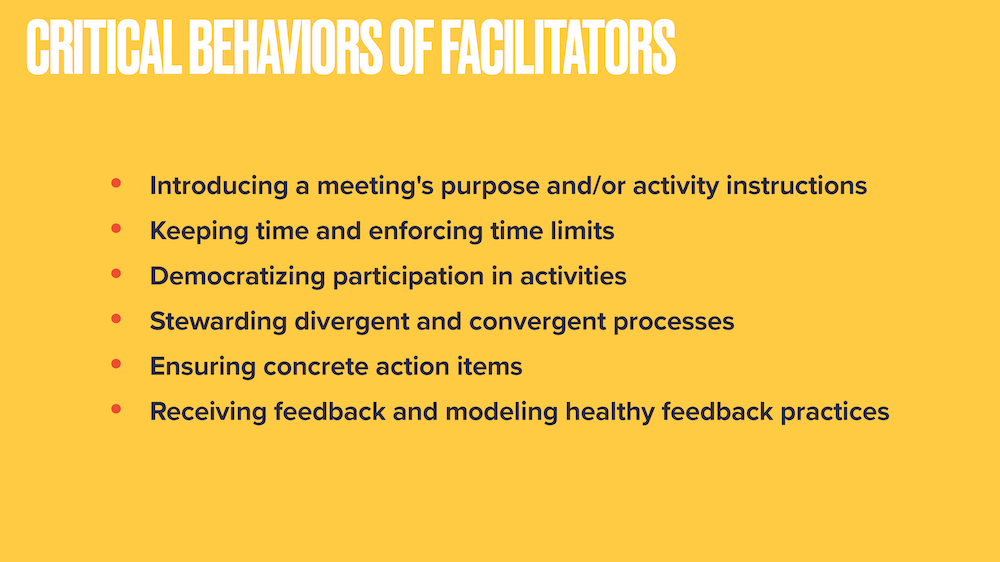Remote Meeting Success Strategies Recap
Design Museum LIVE • April 2020
By Thais Jacomassi
April’s Design Museum LIVE kicked off with a highly relevant presentation by Ryann Hoffman, who shared strategies to design and lead collaborative, effective virtual meetings. Ryann is the founder and principal of Staircase Strategy, where she advises on how to best utilize remote working methods and think beyond the traditional, in-person work space. Ryann began her career as a hybrid, meaning she split her time between remote work and in-person work. Ryan first chose the hybrid model, thinking that she needed physical interaction at work, but when she switched to fully remote in 2012, she learned that working 100% remotely was possible and preferred. In this transition, Ryann mastered the art of leading effective meetings, which many of us are learning requires excellent communication, taking an active leadership role (yes, that includes piping up when your boss’s audio makes continuous squawking noises), and creating space to connect as people.
Ryann walked through the types of facilitation that should occur in remote work and what kind of leadership each of these would necessitate. Facilitation needs range, depending on how many people are involved and what the purpose of the meeting is. However, for each, it is essential to design a meeting that will best fit the scenario and clearly articulate the purpose and the principles to keep in mind. In order to design a successful meeting, it is important to separate it into categories.
In order to more clearly demonstrate what she meant by this, Ryann led an example ideation meeting with 2 volunteers. In this mock meeting, she began with a clear statement of the agenda set for the meeting, the purpose for it, and the rules for engagement. Throughout the meeting, Ryann acted as a facilitator by leading the others through various creative prompts, which tied back to the purpose, and allowed creativity to flourish while simultaneously being aware of time restraints and the inclusion of all team members. She finished this meeting by giving a space for feedback from all parties involved, so that the following meetings could be improved.
Ryann’s expertise, exemplified through the mock meeting, inspired LIVE attendees in the Q&A that followed. One attendee asked Ryann, “How can I make sure everyone remains engaged during the meeting, and how can I make space to allow everyone to collaborate?.” Ryann’s response was simple. You have to design a meeting that is based on collaboration and interaction. This can be achieved through the use of tools like white boards or google slides, which can allow everyone to feel they are participating. Another attendee asked how to make a collaborative environment comfortable for extroverts and introverts alike. In response Ryann stated, “There needs to be space for individual work, like a chat room, just as much as oral brainstorming so that everyone can be in the dialogue, even if it is through a chat.”
